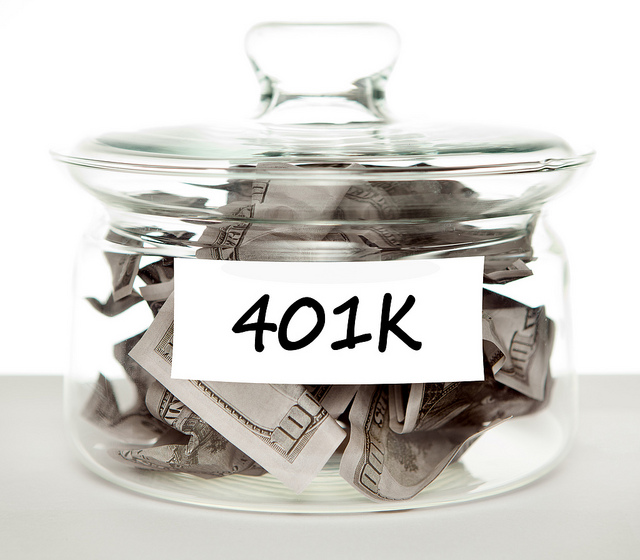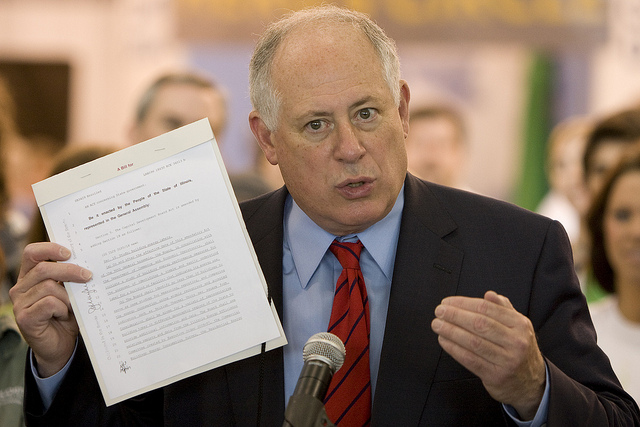Zimbabwe is hoping the latest re-vamp of its stock exchange settlement times will attract traders from around the world – including American pension funds. Reported by All Africa:
ZIMBABWE is hoping for an increase in foreign traders on the local bourse following the launch of the Central Securities Depository which will reduce settlement time frames on trades.
Chengetedzai Depository Company CEO Mr Campbell Musiwa told a Press briefing yesterday that the launch of the CSD will heighten foreign participation from the current range of 60-70 percent boosted by the anticipated participation of US pension funds.
Mr Musiwa said American pension funds are not allowed to invest in any country where there is no CSD.
“Now that we have a CSD, American pension funds are going to invest in Zimbabwe. It’s interesting to note that 60-70 percent of our trades in Zimbabwe are actually coming from the foreigners,” said Musiwa.
“So by the implementation of the CSD we are hoping that there’s going to be an increase in terms of the trades that are going to happen on the stock exchange coming from the foreigners,” he added.
The launch of the CSD is a plus as it reduces settlement time frames. The country has set a target to operate at T+3 settlement time frame on trading of securities by June next year from the current T+7.
The T stands for transaction date denotes the day the transaction takes place while the number symbolises how many days after the transaction date the settlement or the transfer of money and security ownership takes place.
“Foreign investors look at Zimbabwe and when they see manual processes they say it’s not efficient. The CSD will bring efficiency,” said Mr Musiwa.
Zimbabwe officials called the faster transaction time a “historic” step, and officials indicated they will soon be working toward making transactions on cell phones.









